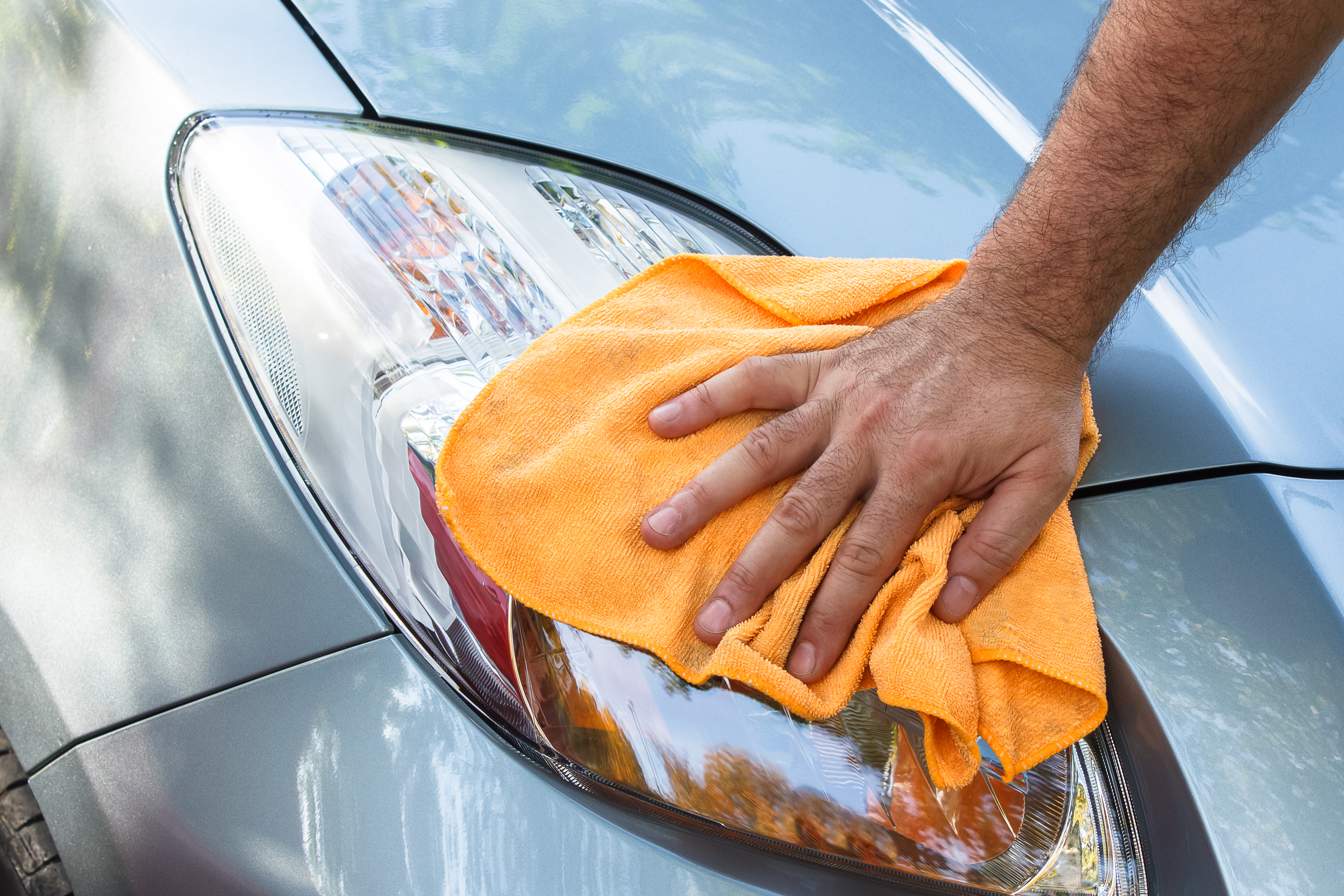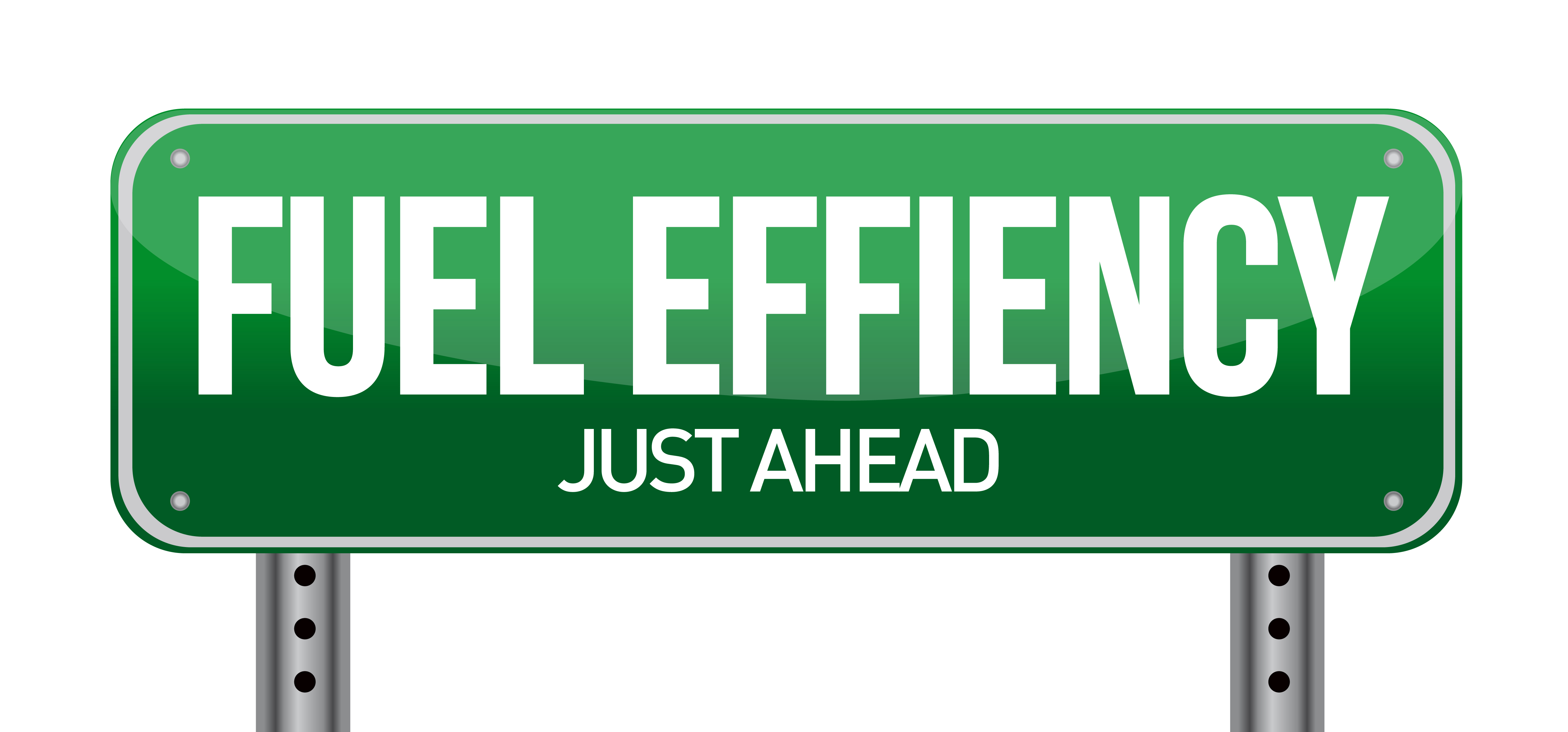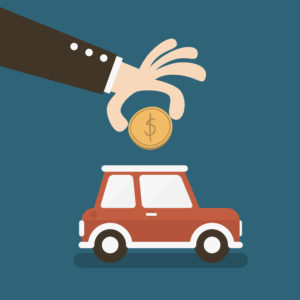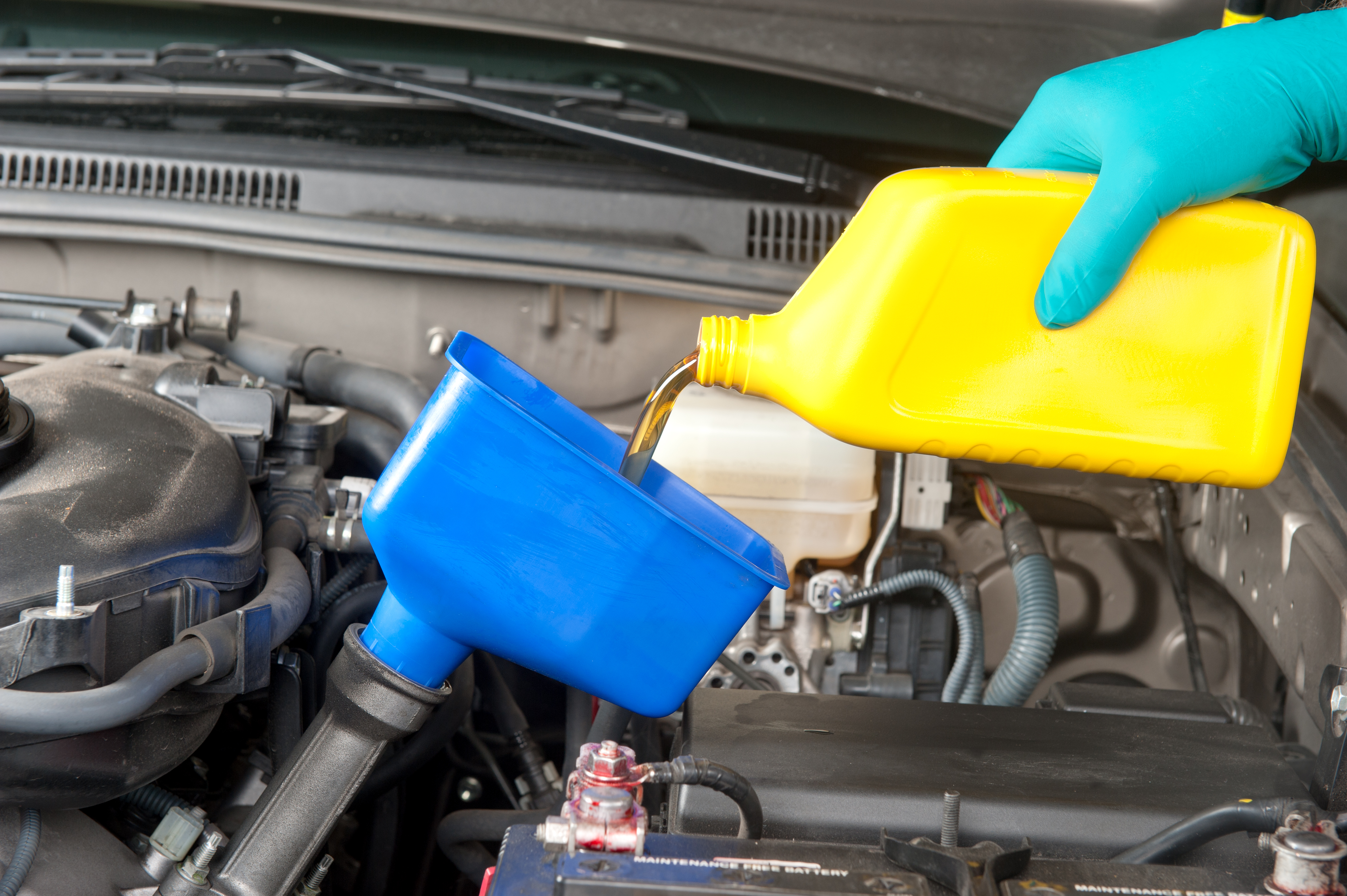Types of Auto Insurance for Teenage Drivers
Parent’s Policy
One of the most common options for teen drivers is to get auto insurance through a parent’s existing policy. Adding a teen driver will cause a parent’s premium to rise due to the higher probability that a teen driver will cause an accident. But a parent’s discounts, including a good driver or accident-free discount, will make the addition of a teen driver cost less than an individual policy for a young driver. In addition, some insurance companies require parents to add their teenagers to their auto policies as soon as the teens get their licenses or permits, even if they don’t have their own vehicles.
Individual Policy
Instead of going on a parent’s policy, a teen driver can sign up for her own auto insurance policy. An individual policy will cost significantly more than being added onto a parent’s policy, but for financially independent teens it can serve as a rite of responsibility and self-sufficiency. Teens with their own policies also don’t risk driving up the premiums on their parents’ policies following an accident since the two policies are separate. Teens who have their own permanent addresses or register cars in their own names may need their own coverage due to insurance company policies that block them from remaining on their parents’ policies.
Temporary Insurance
For some teen drivers, a temporary insurance policy may be the most cost-effective solution to auto insurance. This type of policy, which insurance companies sell by the day and usually for a 30-day maximum period, allows parents to remove teen drivers from their insurance policies while the teens are away at college or out of the house. When the teens come home, they can purchase temporary insurance that provides coverage only for the time they need to use their parents’ vehicle. Temporary insurance keeps parents’ premiums low, even if the teen makes a claim against the temporary policy following an accident.
Minimal Coverage Policy
Whether it’s part of a parent’s policy or an individual policy, teen drivers can save money by getting an auto insurance policy that provides minimal coverage. These policies comply with the state minimum guidelines for liability insurance but may lack additional forms of coverage, such as collision or comprehensive insurance. Since it won’t cover a car in the event of theft, fire, vandalism or an accident, minimal coverage policies are most suited to teen drivers with older cars that have low value.
Quick Money Savings Tip For Safe Drivers
There are dozens of auto insurers – Which one will give you the best rate?
Step 1) Choose your vehicle make below.
Step 2) On the next page, complete the 4 minute questionnaire, and you'll have the opportunity compare the best rates in your area.
Step 3) Keep more money and possibly save hundreds!










